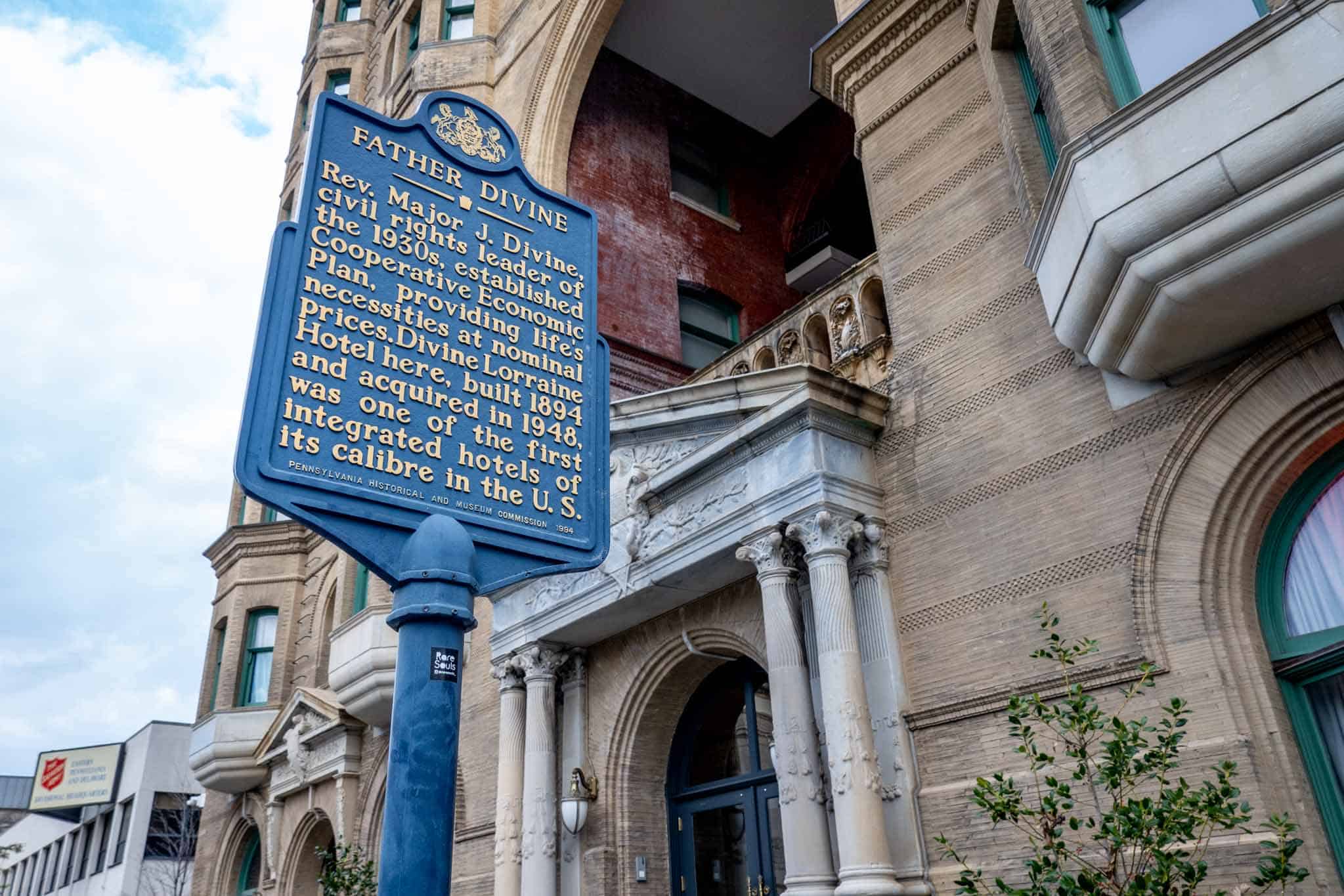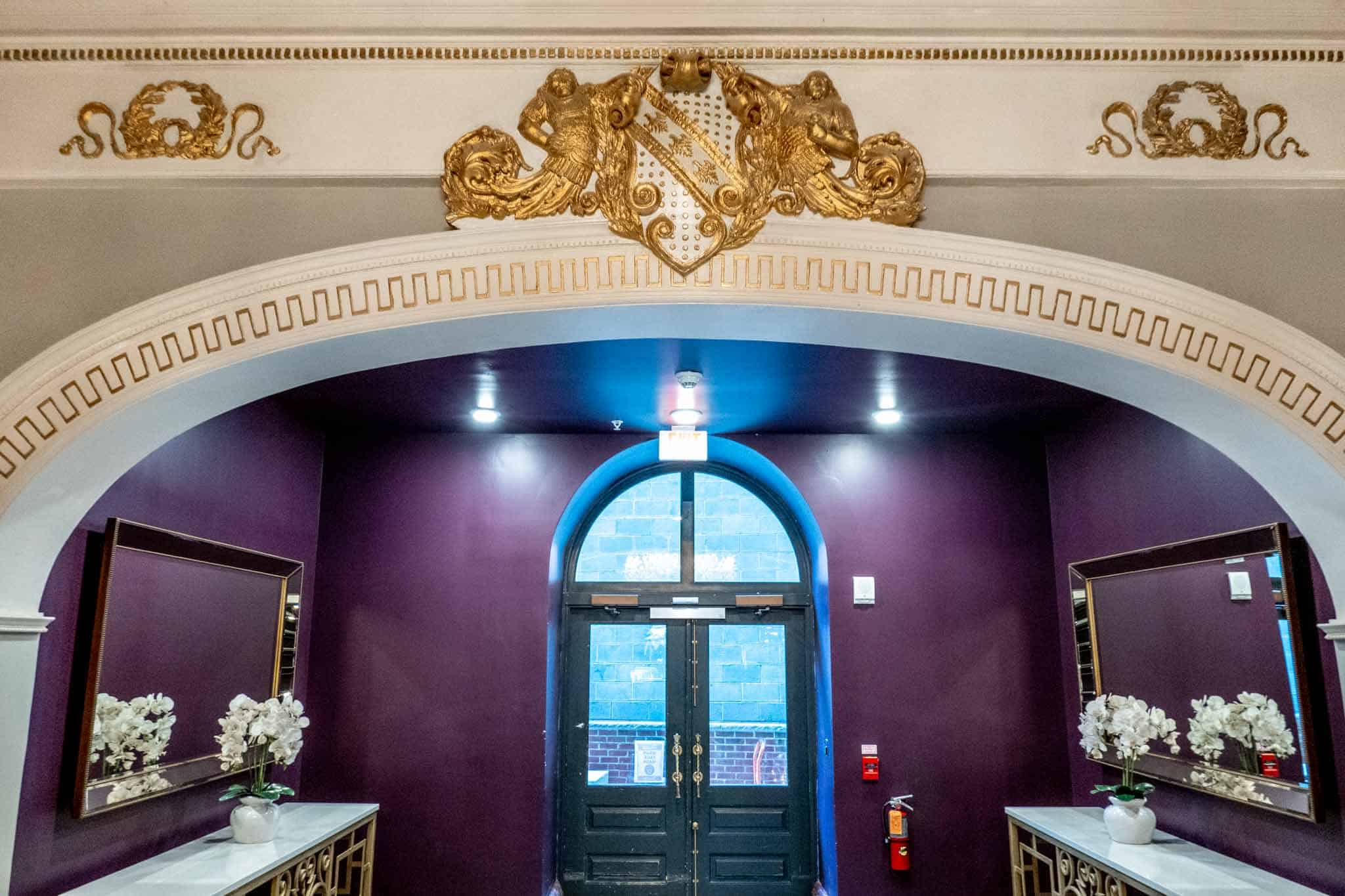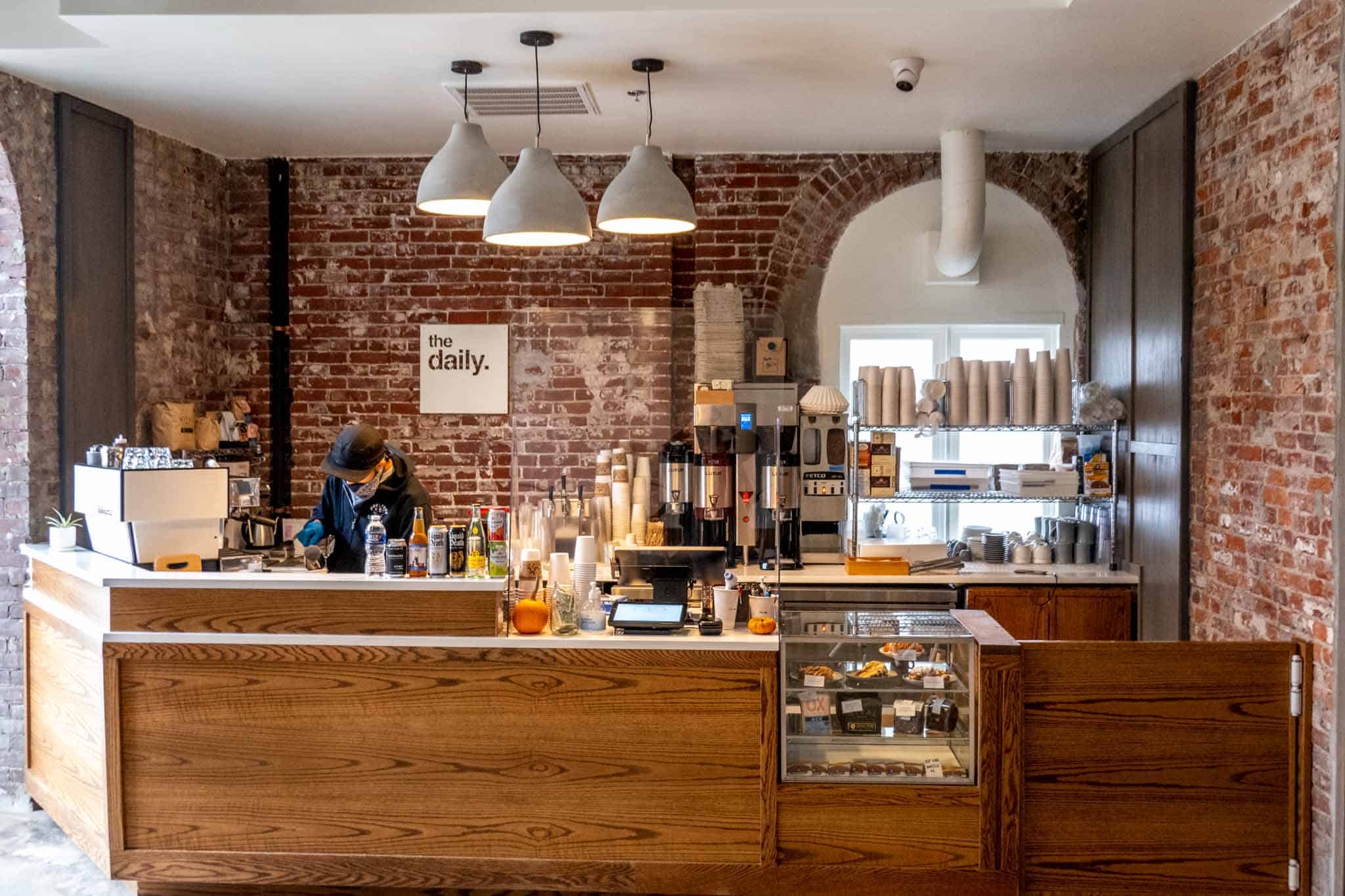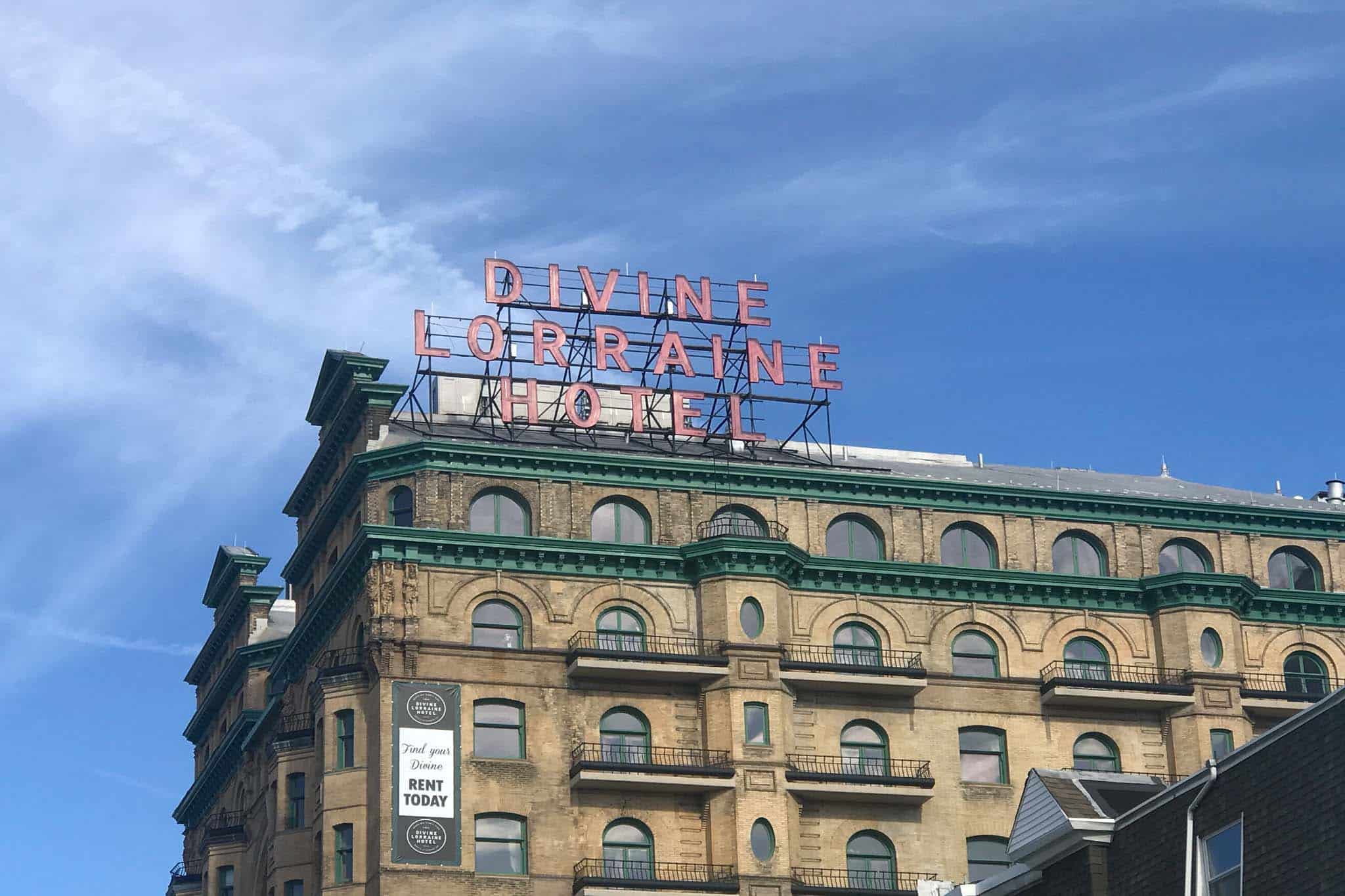There are plenty of historical monuments in Philadelphia, no question. If you are new to the city, you will probably have the Liberty Bell on your list, maybe the Rocky Steps, or even the LOVE sign in center city. But, you may have missed your history lesson on the Divine Lorraine Hotel.
Today, if you drive north on Broad Street, it will appear to be nothing more than a towering, red, neon sign. However, this Victorian style high-rise tells the story of a cultural revolution, dating back to 1893.
History
At this time, the building was simply the Lorraine Apartments, heralded by architect Willis G Hale as one of the first luxury high-rise apartment buildings in Philadelphia. It was meant to house newly wealthy industrialists. In 1900, the Metropolitan Hotel Company transitioned the building into the Lorraine Hotel. According to a vintage receipt found many years later, a night-
stay at this hotel would run you $5.50.

In the years that Lorraine ran as a hotel, a cult led by George Baker was growing in Harlem. By
the 1940’s Baker had come to call himself Father Major Jealous Divine, claiming to be a God-
like figure. When he purchased the Lorraine Hotel in 1948, Father Divine gave the Divine
Lorraine its namesake and used the building as a headquarters for the International Peace
Mission Movement.

Divine was a pioneer of the Civil Rights movement, opening the doors of his hotel and movement to all races, religions, and genders. Under his leadership, the hotel became the first racially integrated hotel in the U.S. Father Divine would host weekly banquets in the halls of his property for all of his followers to attend for a very minimal cost, offering a safe haven for the impoverished and homeless.
However, with Father Divine’s inclusiveness came strict regulations. He required all guests of the hotel to practice celibacy, abstain from drinking and smoking, dress modestly, and separate based on gender. Once Divine passed, the building closed in 1999 and was left vacant until 2006, when Lorraine Hotel LP bought the property in hopes of restoring the interior and exterior.

When development did not come to fruition, the abandoned high-rise became a hotspot for graffiti artists, trespassers, and scavengers. What once was an iconic space, decorated with curved staircases and ornate moldings quickly became a run-down free-for-all.
The Next Chapter
Developer, Eric Blumenfeld refused to let this historic building be run to the ground and, in 2012, he began working on a renovation project. By 2016, Blumenfeld had the building opened to the public once again.
While his project is still incomplete to this day, the hotel is now a viable apartment complex with limited space. The refreshed building even has an upscale Italian restaurant, the Cicala at the Divine Lorraine, with more dining spaces, music halls, and underground bars to come in the years ahead. Since the beginning of 2020, the apartments have even integrated a new coffee shop called The Daily.

Visiting and Renting Info
For more information on how to reserve a living space in this historic building, visit the leasing office at 640 N Broad St. If you simply want to check out the exterior or grab a bite to eat, you can follow the neon lettering to 699 N Broad St.

